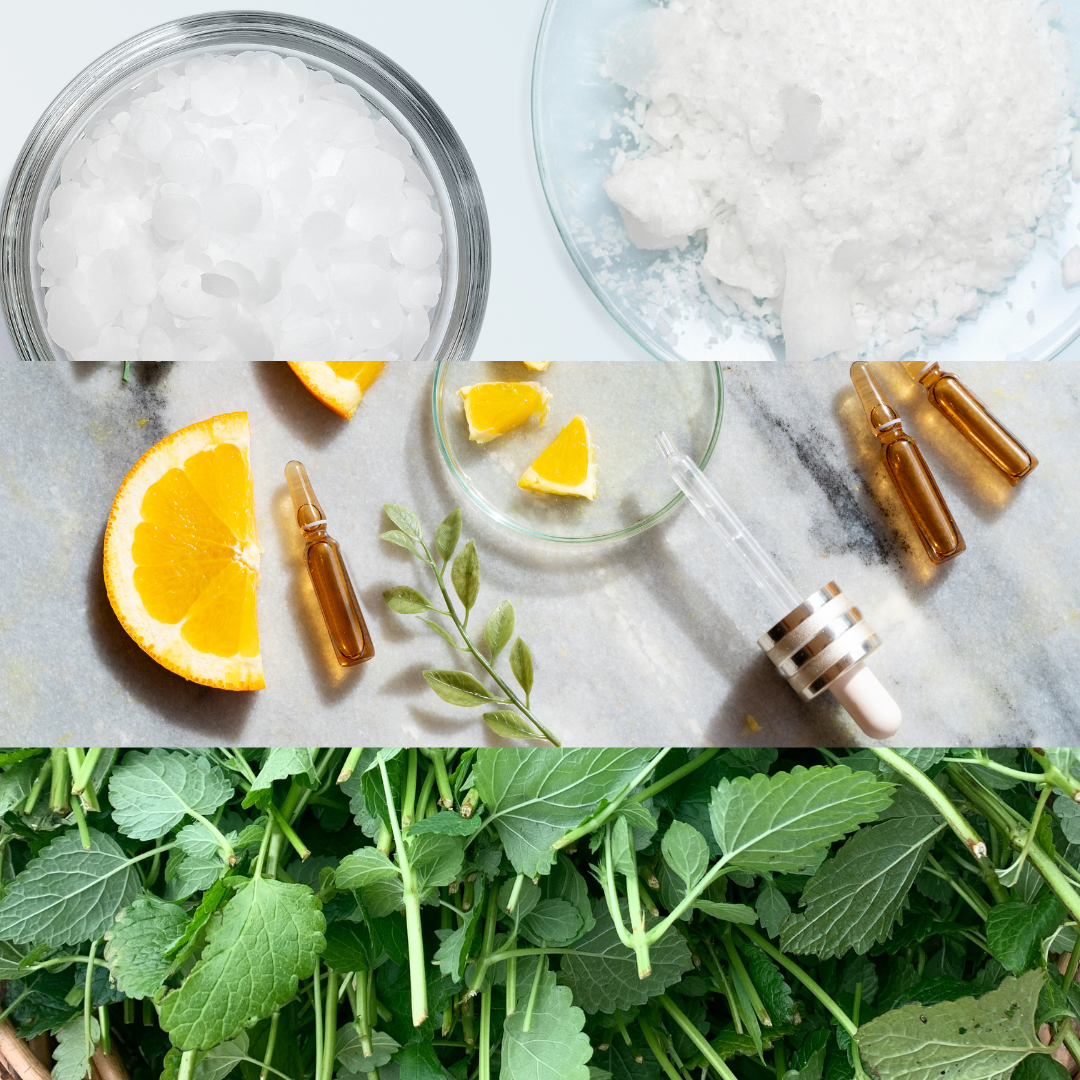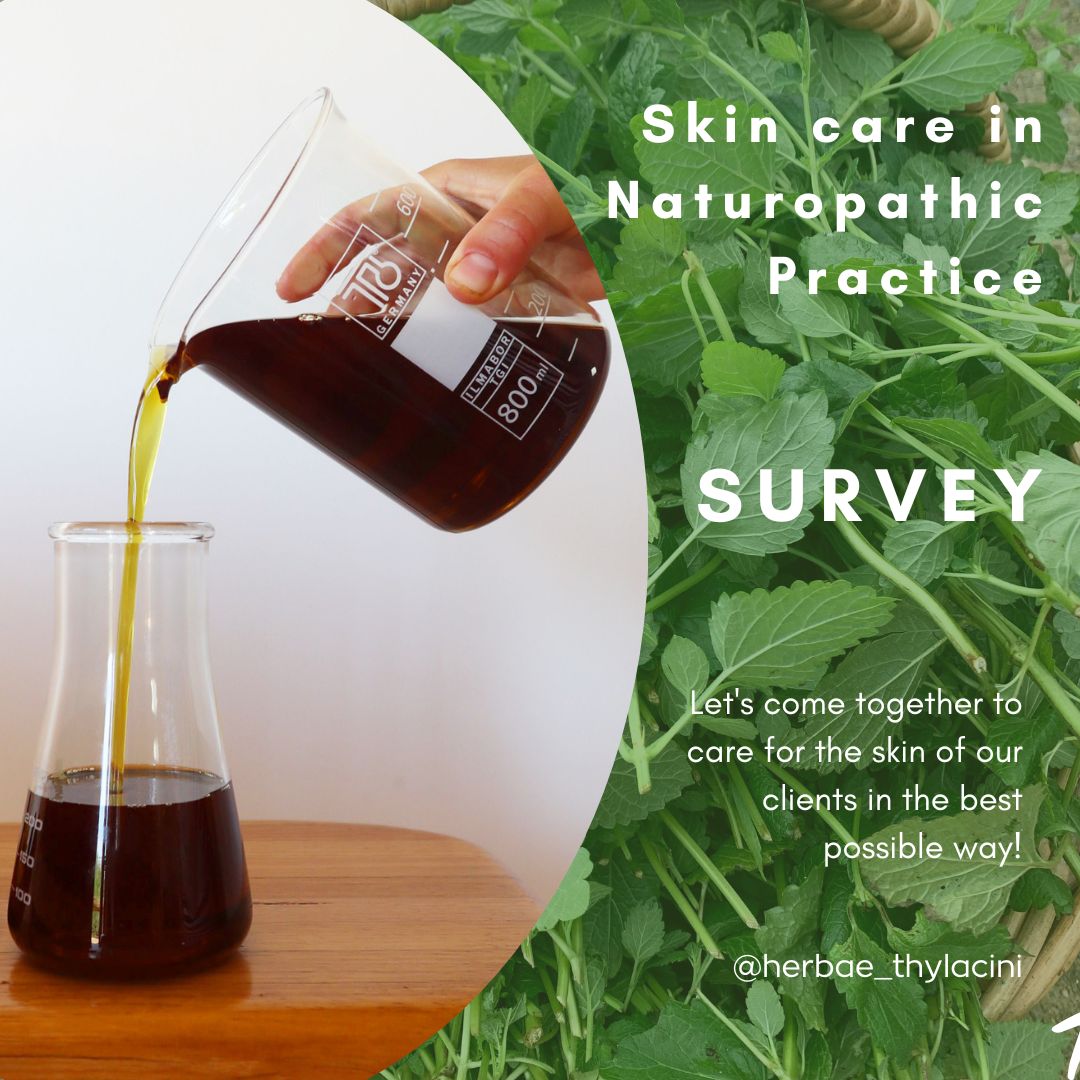Article: Plant-based, botanical and herbal skin care: what's the difference?

Plant-based, botanical and herbal skin care: what's the difference?
What do botanical skin care and plant-based skin care have in common with the Rolling Stones?
Have you ever been a fan of a little-known alternative musical band that went viral after many years? Losing its secrets and grunge and simply becoming mainstream? It’s omnipresent fans, merch and now-popular tunes simply ruining your intimate experience?
Once upon a time, this was Coldplay for me. For some of you it may have been the Rolling Stones!
These days I feel increasingly this way about herbalism; it is being misunderstood, I fear.
Don’t get me wrong! I absolutely love that the traditional herbal knowledge is getting dusted off and is shared around. Afterall, as the frequently quoted adage goes: Herbal medicine HAS always been people’s medicine! Projects such as the Elder Tree or Estuary Learning make my heart sing.
In some areas, however, herbalism (or its dummy) has become so mainstream that it completely lost its tradition, heritage & power. Nowhere is this more palpable than in the world of “natural” skincare, or as it has become known recently, “botanical” or “plant-based” skin care.
There are no legal definitions of "plant-based" or "botanical" skin care. Skin care brands make their own rules as they go along. Broadly, plant-based and botanical skin care products contain ingredients derived from plants and/or contain botanical (aka herbal) extracts, respectively. These products give impression that they were formulated and manufactured with the healing power of herbs in mind. But there are several huge issues with this. Let me unpack them for you so that you can make a better decision about your skin care.

1. The only real meaning of “plant-based” is either “vegan” or “not derived from fossil fuels”!
In its original meaning, plant-based skin care guarantees no animal-based ingredients such as honey or beeswax. More recently, it also takes its stance against fossil fuel-derived ingredients. Let me explain.
The movement of natural skin care as we know it started some twenty odd years ago with home-made strawberry-avocados-and-yoghurt face masks. As the industry grew, more and more ingredients were considered “natural” based on the premises of their plant origin. I am specifically talking about various emulsifiers/surfactants, preservatives, thickeners, stabilizers and de-foaming agents.
While in the past these cosmetic ingredients were derived only from fossil fuels, these days they (and their chemical relatives) are more frequently derived from corn or coconut oil, i.e. technically speaking, plants (for example ethoxylated surfactants). As romantic as it may sound, the feedstock still needs to undergo serious chemical processing to turn it into “plant-based skin care ingredients.” In the end these ingredients have not much common with the plants they are derived from!

2. Your average botanical skin care is less sustainable and contains way less herbs than you think!
A chapter on its own are so called botanical extracts. These are extracts that pretend to have some healing qualities. In reality, however, they are shrouded in mystery as to the origin and therefore efficacy of the herbs used. A vast majority of natural skin care brands work with commercially available herbal extracts. These products are often imported, diluted, heavily preserved, made from low quality ingredients and stocked for long periods of time. As a result, they have a very low nutrient density.
Now, imagine the waste these herbs go to! All this precious medicine that was lost on the newest skin care trend! Plants that have been transported, stored, used and abused. Soil that has been used in vain. This has nothing to do with what lays at the heart of herbalism: love for plants, people and the environment.
Just because it is "plant-based" or "botanical", does NOT mean it is sustainable.
Our only consolation can be the fact, that typically these extracts are very diluted AND used in very small amounts indeed (even if this virtually renders the skin care products ineffective). For example, recenty I came across a botanical skin care formula published on a website of a natural skin care school. The formula is presented in a blog post on gotu kola and the herb is the feature ingredient in this cream. Yet, the cream calls for mere 4g of the extract (per 100g of the cream)!
Whether or not gotu kola will make that cream effective depends on the quality and concentration of the used extract. Even if a standard naturopathic gotu kola extract was used in this formula, the content of gotu kola - calculated as mg of dried herb in 1g of the cream - would be 20mg. That's just about an average amount. Given that most skin care makers do not have access to naturopathic herbal extracts and do not have the skills to make their own, they have to rely on online retail. In this case the content of gotu kola in the final product can be <1mg per 1g of product. This is, indeed, very little to impart any reasonable effect.

3. Plant-based and botanical skin care are not HERBAL skin care!
As a herbalist working in the world of natural skin care my eyes roll up every time I see or hear of a:
- calendula oil the colour of hay,
- marshmallow oil,
- vitamin C rich rosehip oil,
- vitamin A rich argan oil,
- claim that essential oils are hydrating,
- white face cream with a label that sports 10 different herbal extracts (it can happen but it is an exception rather than a rule!)
- turmeric in the list of ingredients,
- herbal extracts listed after emulsifiers or even preservatives,
- apple cider vinegar skin rinses…
Honestly, the list goes on and on as I have encountered a number of nonsense botanical skin care claims.
True herbal skin care is not about a pell-mell addition of botanical extracts.
Nor about taking a bunch of herbs and throwing them into jojoba oil.
Nor about using the extracts in suboptimal amount.
Nor about adding extracts of dubious quality.
Nor about using exotic herbal extracts imported from all over the world.
Herbal medicine making has its traditions and rules (for want of a better word) that plant-based and botanical skin care crafting does not follow. And that’s what really scares me sometimes. I worry that we loose the gist of herbalism to "botanical" and "plant-based" products. I can argue even with myself about the development of faster/?more efficient extraction methods and new plant discoveries. However, in the end I do wish for the true spirit of herbalism to remain untouched.
On the whole, I wish we all understood the difference between traditional herbalism and modern "botanical skin care" so that we can make our informed choices about what products we want to use.
How does herbal skin care that honours traditional herbalism look like?
When I create herbal skin care, I work intimately with the herbs that grew with the purpose of becoming medicine. I always ask: Where do they come from? Who grew them? When and how were they harvested? I always go the extra mile (pun NOT intended) to work with organic and locally grown plants sourced from fellow herbalists and herb farmers. Under my care the plants are turned into vivid extracts according to the wisdom of traditional herbalists. This act requires a good knowledge of herbal energetics, knowledge of herbs’ chemical constituents and their extraction methods.
Finally, I thoughtfully combine the herbal extracts to create the herbal skin care/remedies. Typically, my products end up being 5-10x more concentrated then TGA registered skin care. And probably another order of magnitude richer than typical “plant-based” or “botanical” skin care! (This is again calculated as mg of dried herbs per 1 g of a product. Typically, TGA skin care products contain 20-40mg of dried herbs per 1g of product. My remedies end up containing minimum 70mg/g and up to 300mg/g).
Importantly, herbal skin care honours the herbs, the people and the environment. It honours their traditions and processes. It uses herbs with knowledge and contains them in sufficient amount to have an effect.



